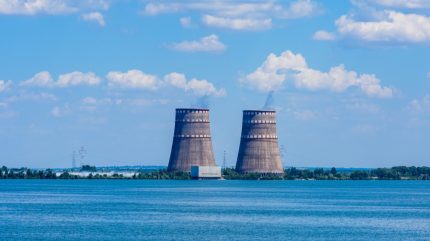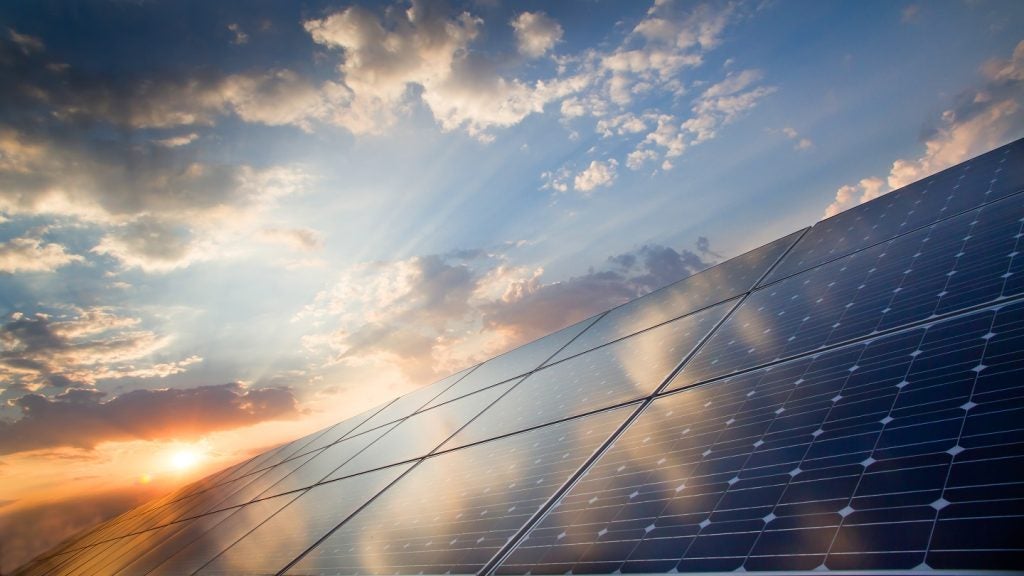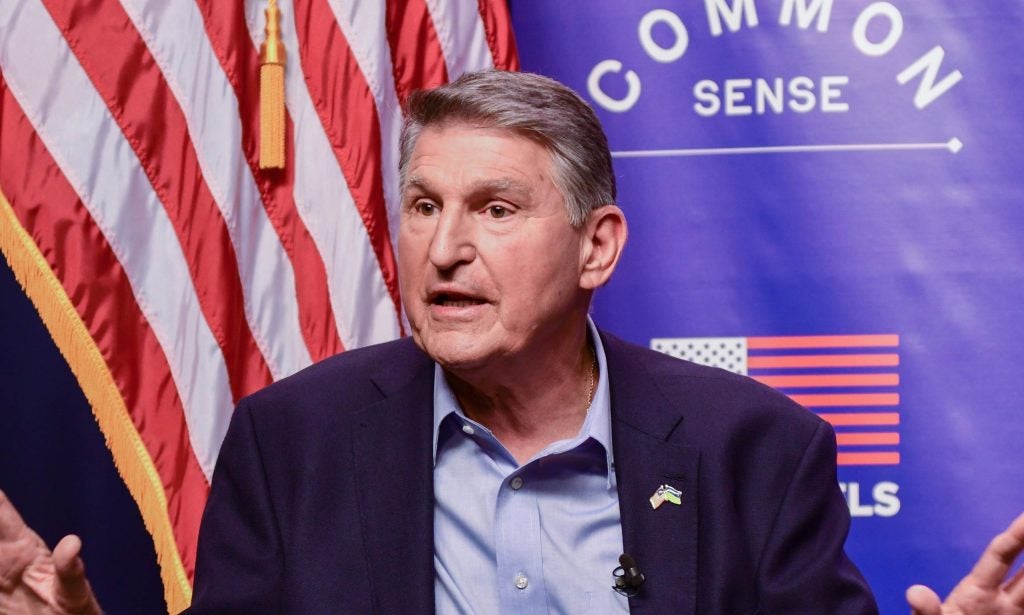
Russian President Vladimir Putin has expressed intentions to restart Ukraine’s Zaporizhzhia nuclear power plant (ZNPP), the Wall Street Journal has reported.
The facility is Europe’s largest nuclear power plant with six reactors and has a 6GW capacity.
It has been inactive since September 2022 due to safety concerns amidst ongoing military activities.
The ZNPP, situated near the conflict’s front lines, has been occupied by Russian forces since March 2022.
Inspectors at the plant have reported to the International Atomic Energy Agency (IAEA) that Russia is planning to reactivate at least one reactor in the 12 months to March 2025.
Diplomatic sources suggest that the restart could coincide with the plant’s 40th anniversary of connection to the Soviet electrical grid, in December 2024.
How well do you really know your competitors?
Access the most comprehensive Company Profiles on the market, powered by GlobalData. Save hours of research. Gain competitive edge.

Thank you!
Your download email will arrive shortly
Not ready to buy yet? Download a free sample
We are confident about the unique quality of our Company Profiles. However, we want you to make the most beneficial decision for your business, so we offer a free sample that you can download by submitting the below form
By GlobalDataDuring a meeting in March, IAEA chief Rafael Grossi questioned Putin about the plant’s operational status. Putin confirmed plans for a restart but did not provide a timeline.
Former ZNPP employees have raised concerns about Russia’s capability to safely manage the reactor’s reactivation, given the lack of qualified personnel and the heightened risks in the war zone.
The IAEA convened an emergency meeting in Vienna on 11 April 2024, prompted by Ukraine and Russia, following drone attacks on the ZNPP.
Grossi described the strikes as a significant escalation of nuclear danger in Ukraine. Experts are sceptical about Russia’s ability to safely increase the core temperature of the plant by hundreds of degrees fahrenheit for the restart process.
US-based nuclear oversight officer Morgan D Libby, who worked at plants in the former Soviet Union, including the ZNPP, said: “You can’t just recruit these people off the street and tell them how to go run a power plant.
“I think they are kidding themselves that they have sufficient numbers of people to run a unit.”
Ukraine’s nuclear energy agency, Energoatom, has stated that avoiding nuclear and radiation emergencies requires adherence to the IAEA’s demands for military restraint, the withdrawal of Russian troops, demining of the area and the return of the plant’s control to the agency.
In early April 2024, Russian forces destroyed the Trypilska thermal power plant, Ukraine’s largest power-generating facility in the Kyiv region, with missile attacks.
Despite Ukraine’s Air Force intercepting numerous missiles and drones, the 1.8GW facility was completely razed, as confirmed by its operator Centrenergo.





